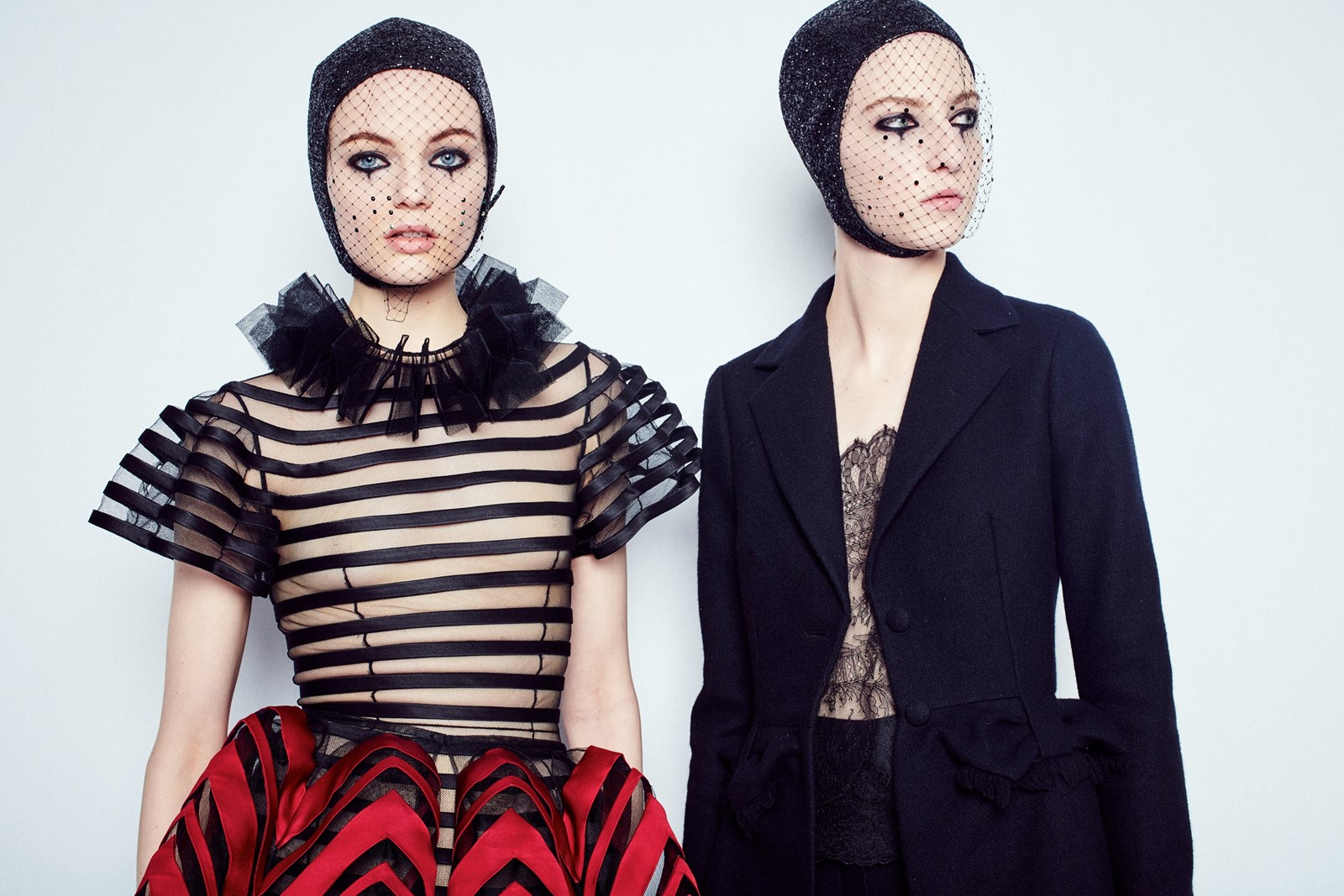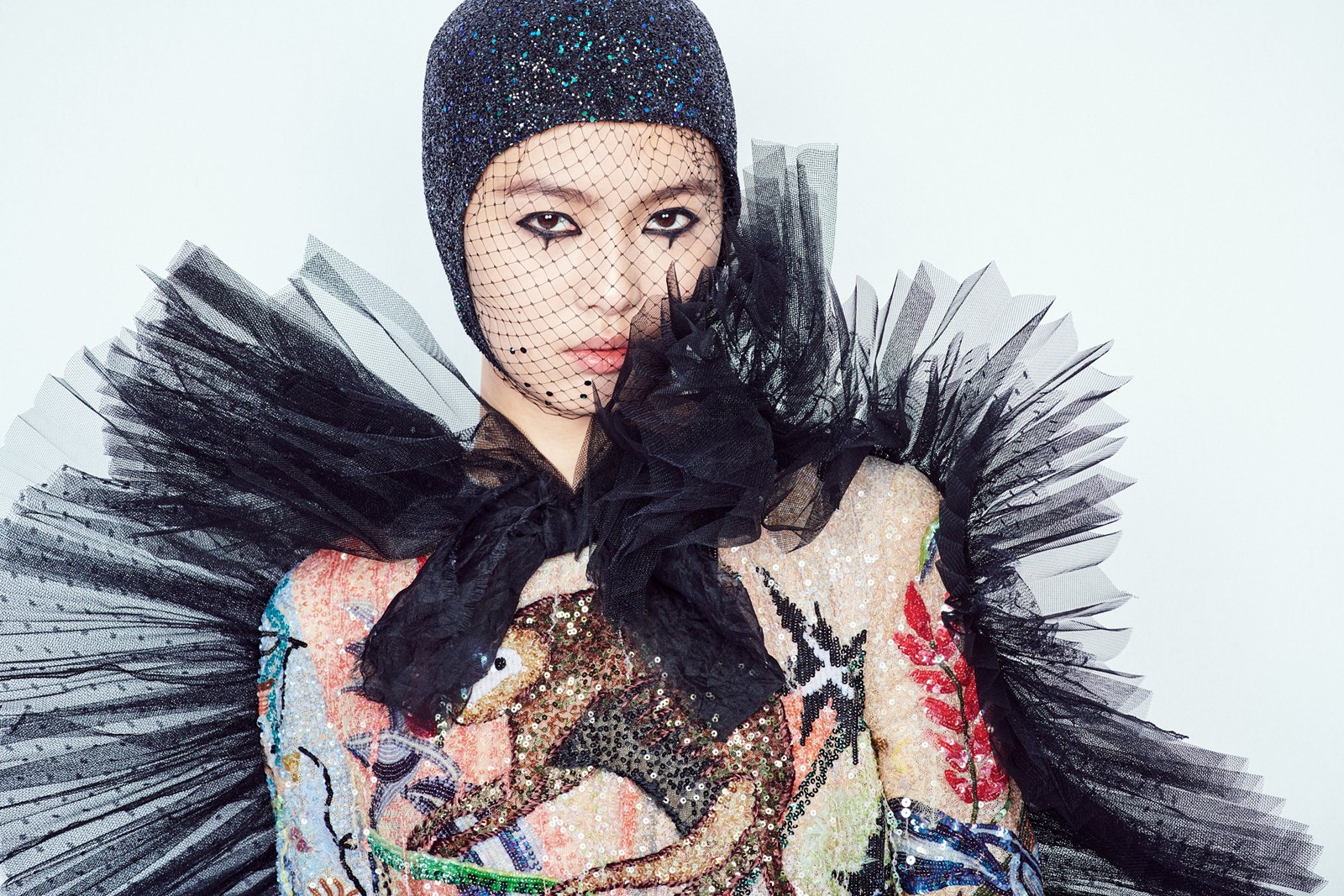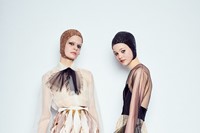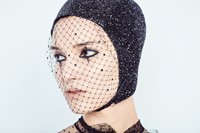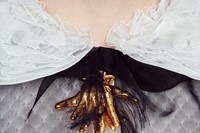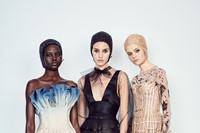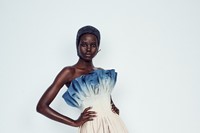It’s kind of a journalistic trope to bemoan that fashion is a circus: of creative acrobats and corporate ringmasters, of clowns and elephants (usually white) and, maybe, a few of the Greatest Showmen – and women – on Earth. Maria Grazia Chiuri drew inspiration from that selfsame concept for her Spring/Summer 2019 Christian Dior haute couture collection, and the habitual tent pitched in the jading of the Musée Rodin, where Dior have staged their haute couture collections for many a year, was this time fashioned not as a mirrored box or Surrealist fête but as a circus big-top.
It’s not just modern perceptions of three-ring fashion that lead us to the circus. For Spring/Summer 1938, Elsa Schiaparelli – a Rome-born Italian woman leading a Paris haute couture house, just like Chiuri – staged a landmark collection inspired by the circus, featuring acrobatic buttons and rearing horses and Pierrot hats elevated to the highest couture levels. Closer to the house of Dior, in 1955 Richard Avedon famously captured the icy froideur of the model Dovima flanked by two elephants at the Cirque d’Hiver – an entertaining diversion favoured by Christian Dior himself.
So the mould was set for Chiuri’s latest spring Dior haute couture show – a trip to the circus with a similar intensity of theme and application of technique as Madame Schiaparelli’s 81 years earlier. Chiuri’s acrobats weren’t buttons, they were real – an all-female troupe, hailing from London and named Mimbre, who used their bodies to form proscenium arches and pillars around which Chiuri’s models meandered. That felt like an allegory, for a maison de couture: although the designer is the ringmaster, the house is made (as were these structures) by a multitude of people. The collection was ample display of Dior’s enviable savoir-faire and its ateliers’ expertise – as evident in the absolute simplicity of a draped and knotted black wool evening-dress with hand-whipped hem as it was in extravaganzas of spangled and ruffled and embroidered organzas.
There is another allusion to be drawn between the circus and couture: not in the look, but in the psychology, the excellence of technique and training necessary to pull off death-defying feats. Dior died in 1957 – Chiuri defies that, resurrecting his spirit each season by executing outfits under his name, using the acrobatic skills of the Dior atelier to create magic anew.
